Hello! I am a professor of clinical radiology at the Keck School of Medicine of USC. My primary clinical interests and responsibilities are in abdominal imaging and image-guided interventions.
My research interests involve machine learning and informatics applied to problems in radiology. Details of some of my research and software projects can be accessed through the menu above. Selected projects are listed below.
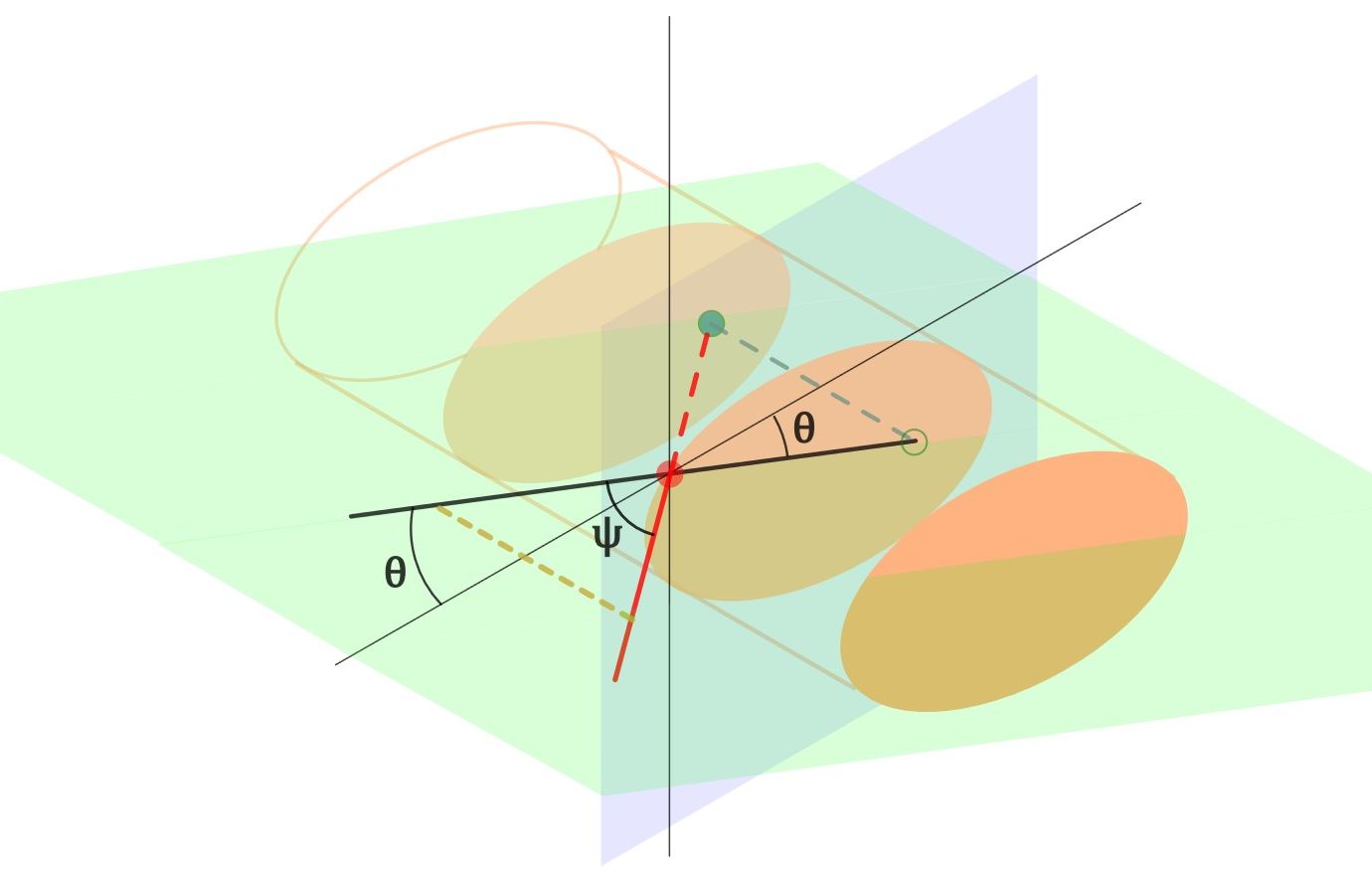
NeedlePath: Facilitating Out-of-Plane CT-Guided Needle Placement
Out-of-plane CT-guided needle placement can be challenging. NeedlePath is an open source desktop application designed to help make these procedures easier and safer.
Phillip Cheng
RSNA 2024
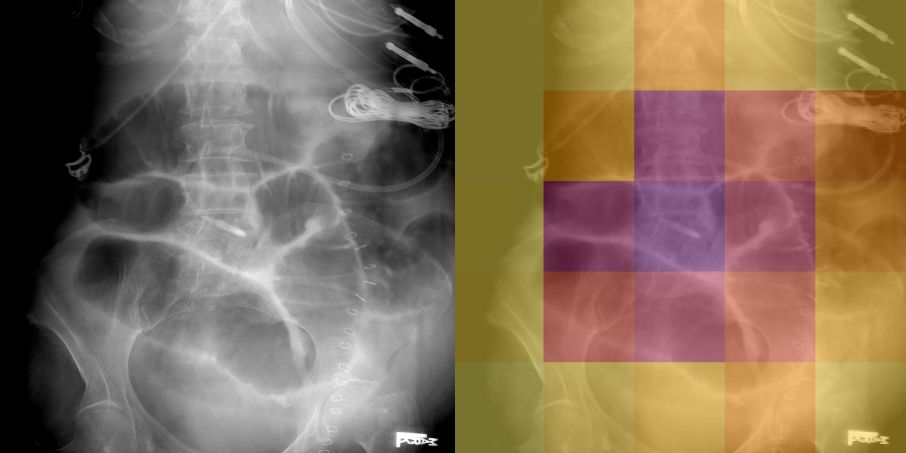
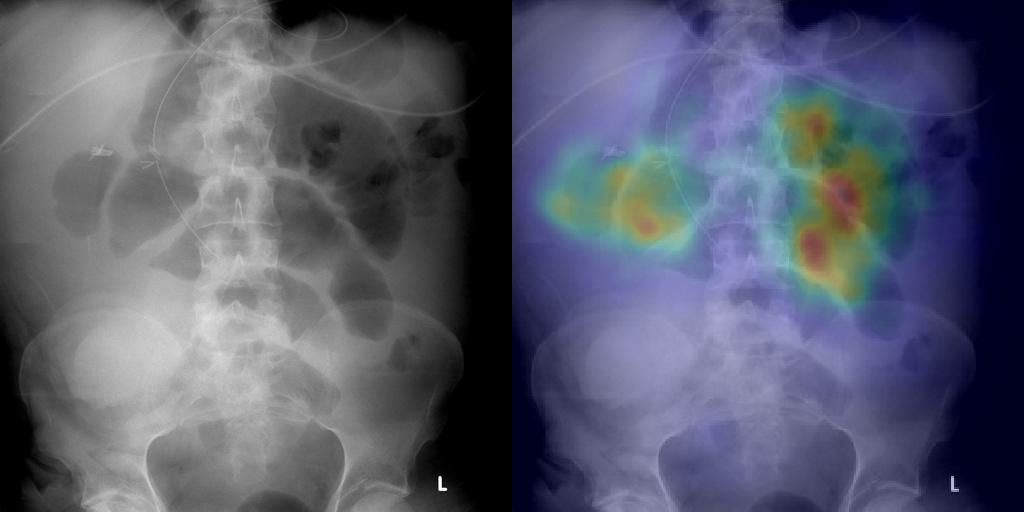
Detection of High-Grade Small Bowel Obstruction on Conventional Radiography with Convolutional Neural Networks
Studies of deep learning applied to abdominal radiographs. We show that transfer learning can be used to create a classifier for detection of high-grade small bowel obstruction patterns on supine abdominal radiographs.
Phillip Cheng, Tapas Tejura, Khoa Tran, Gilbert Whang
Abdominal Radiology 2018 (pilot study)
Am J Roentgenology 2019 (increased training)
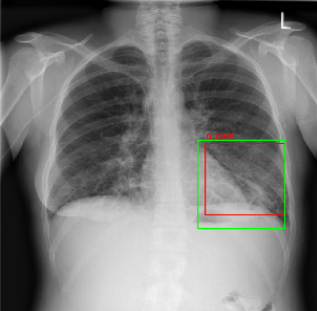
2018 RSNA Pneumonia Detection Challenge
I submitted the 3rd place entry in an international machine learning competition for detection of pneumonia on chest radiographs. The competition was organized by the Radiological Society of North America (RSNA) and the Society of Thoracic Radiology, and hosted on Kaggle. My solution used an ensemble of RetinaNets.
Phillip Cheng
Am J Roentgenology 2019
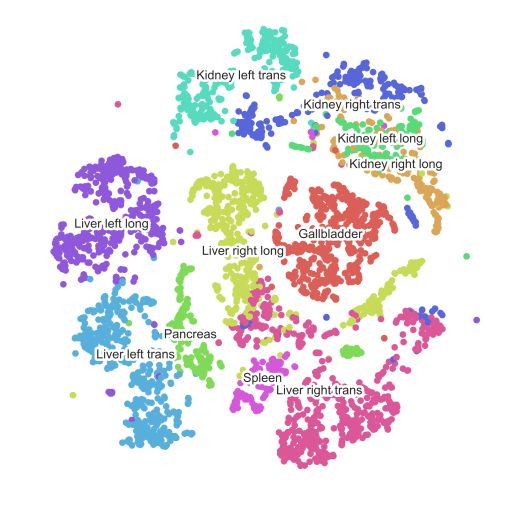
Transfer Learning with Convolutional Neural Networks for Classification of Abdominal Ultrasound Images
An exploration of deep learning applied to radiology images. We show that pre-trained weights of deep convolutional neural networks can serve as an effective image recognition baseline for classification of ultrasound images.
Phillip Cheng, Harshawn Malhi
RSNA 2016 (Certificate of Merit), J Digit Imaging 2017
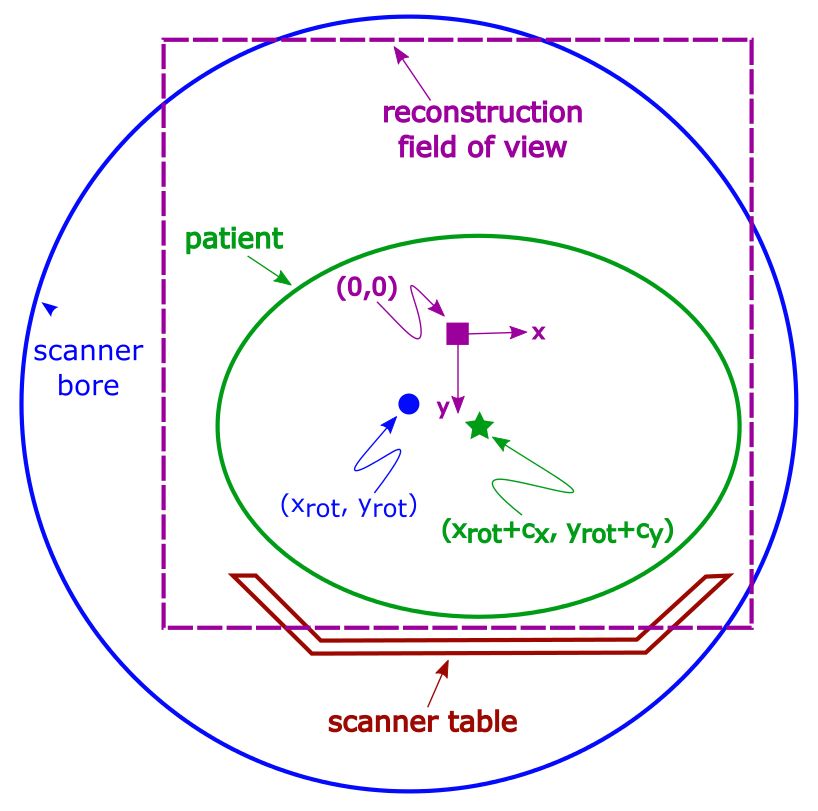
Patient Vertical Centering and Correlation with Radiation Output in Adult Abdominopelvic CT
We demonstrate that automated calculation of a patient's vertical center of mass position from reconstructed CT images is feasible. In contrast to previous literature reports, we found that the strength of the association between patient vertical position and scanner radiation output was not significant for our scanner, likely due to differences among proprietary tube modulation algorithms.
Phillip Cheng
SIIM 2016, J Digit Imaging 2016

ReportDiff: Analyzing Attending Edits of Radiology Trainee Reports
Attending edits of resident reports may provide useful educational feedback if captured appropriately. ReportDiff is an open source system designed to provide automated feedback for resident dictated reports by capturing and presenting attending edits.
Phillip Cheng, Miriam Romero, Vicki Marx
RSNA 2015 (Magna Cum Laude)
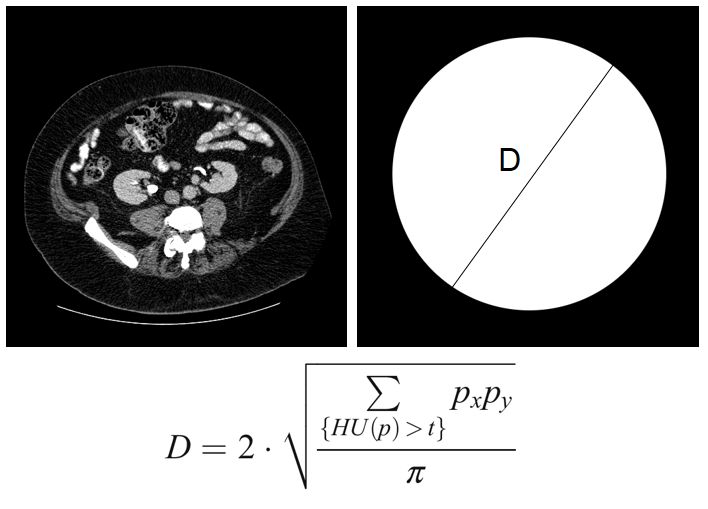
Automated Estimation of Abdominal Effective Diameter for Body Normalization of CT Dose
Normalization of CT radiation doses for body size is essential for detecting scan protocol deficiencies, particularly for small or pediatric patients. We describe a method for automated calculation of patient effective diameter from reconstructed CT images.
Phillip Cheng
SIIM 2012, 2013; J Digit Imaging 2013

PrelimCheck: Software to Facilitate Follow-Up of Resident Preliminary Reports
Residents taking independent call may record numerous preliminary interpretations in the PACS. This open source software project was designed to facilitate follow-up of resident preliminary notes.
Phillip Cheng
RSNA 2013 (Cum Laude)
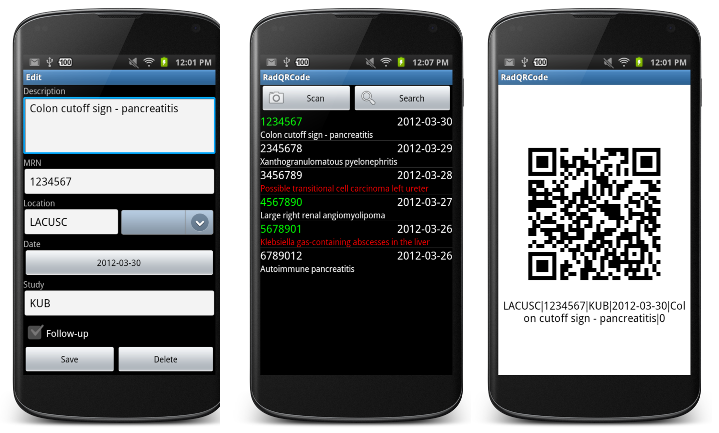
RadQRCode: Mobile Device Recording and Sharing of Teaching File Metadata Using QR Codes
Due to security and privacy concerns regarding networked transmission of unencrypted text in e-mail or online documents, QR codes may be a useful alternative to manual transcription of such data. We demonstrate the use of QR codes for acquisition and sharing of case metadata between mobile devices without use of the network.
Phillip Cheng

CaseMaker: An Open Source Desktop Mediator Between PACS and the RSNA Teaching File System
This is an open source software project to facilitate the creation of radiology cases for both local storage as well as submission to an RSNA Teaching File System.
Phillip Cheng
RSNA 2012
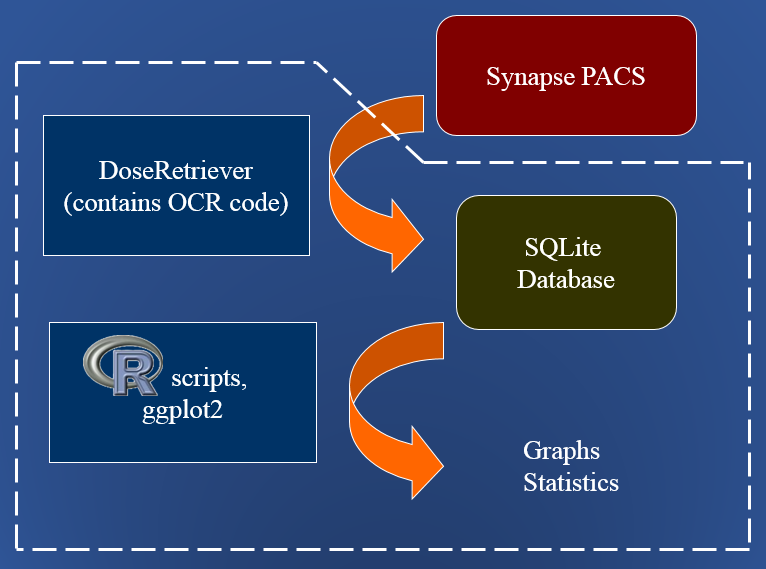
CT Radiation Dose Retrieval and Aggregation
This system extracts radiation dose information from graphical dose screens from GE, Siemens, Toshiba, and Philips scanners. An exact glyph matching algorithm is used to extract the dose text.
Phillip Cheng
ARRS 2011